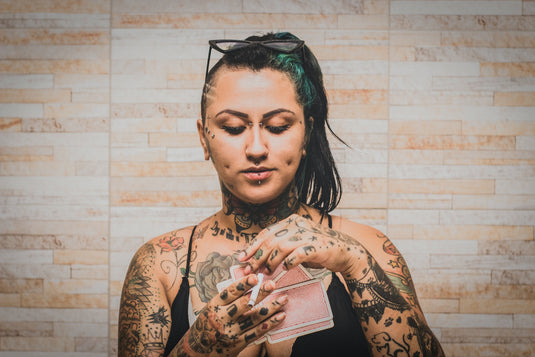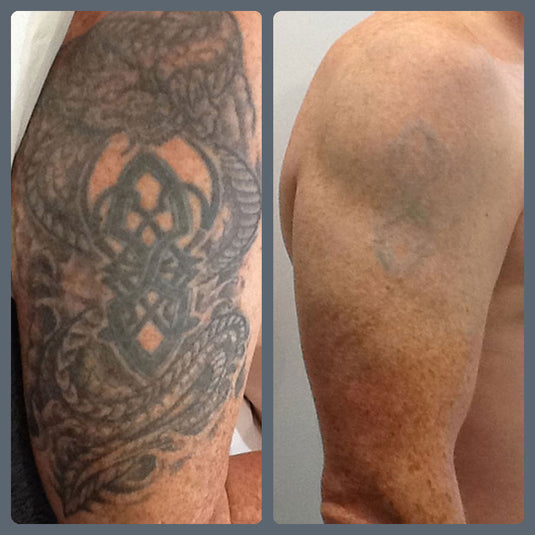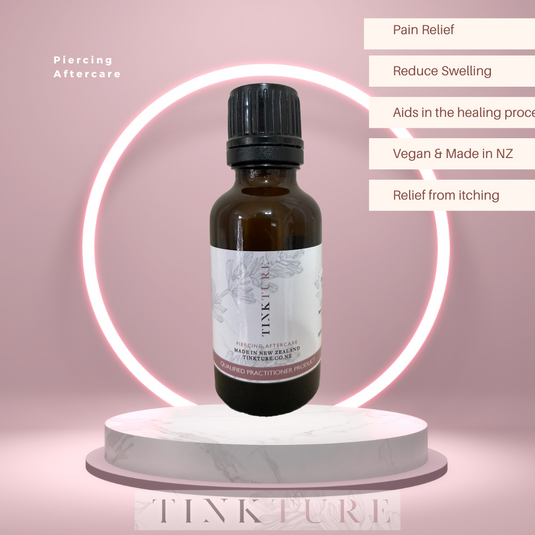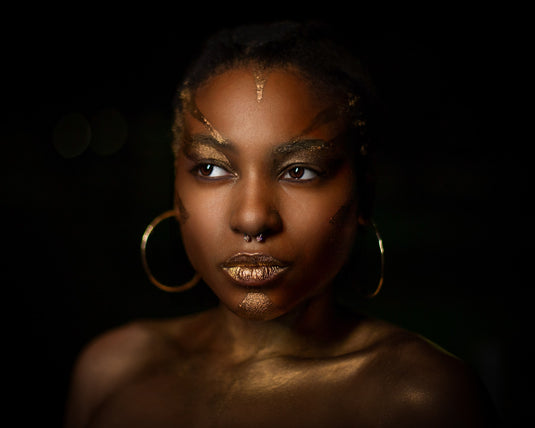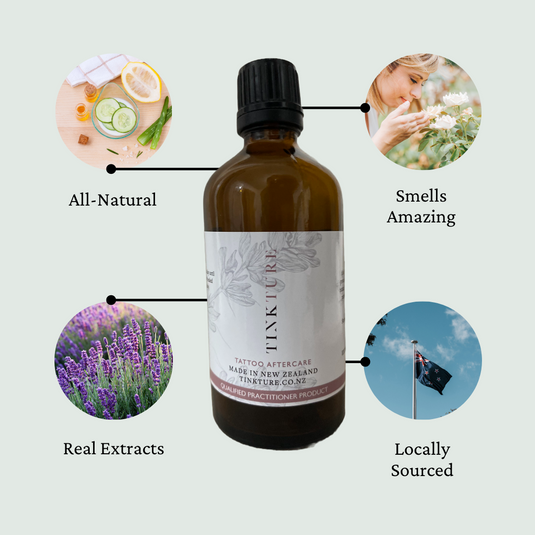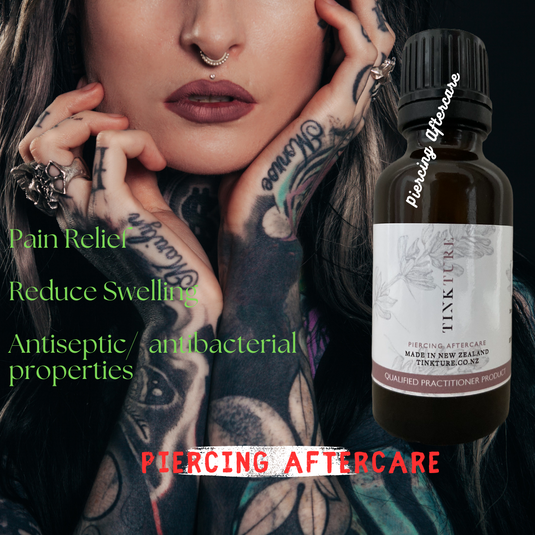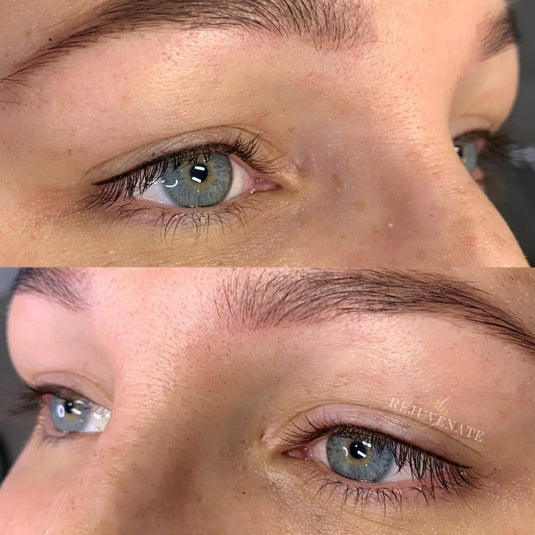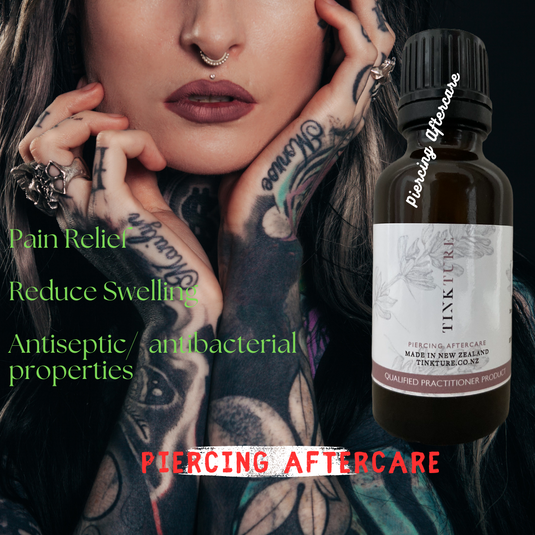
The Art of Piercing and the Importance of Aftercare
Body art has been an integral part of human culture for centuries, with tattoos and piercings being some of the most popular forms of self-expression. While tattoos are permanent, piercings offer a unique opportunity for self-expression as they can be changed and modified according to one's taste. Piercings have become increasingly popular over the years, with millions of people getting them done every year. But what makes piercing a form of art? And why is aftercare so important?
Piercing as Body Art

Piercing can be considered a form of body art because it involves the creation of a unique aesthetic. Just like tattoos, piercings are a way to express oneself and make a statement about who they are. Piercings come in many different shapes and sizes, and they can be placed in various parts of the body, depending on the individual's preferences.
The Psychology Behind Piercings
There is a psychological component to piercings, as well. For many people, getting a piercing is a way to assert their individuality and show their uniqueness. It can also be a way to mark a significant event or milestone in their lives. For some, piercings can also be a way to cope with anxiety or other emotional issues.
The Healing Power of Piercing
While piercings are primarily a form of body art, they can also have healing properties. In some cultures, piercings are believed to have spiritual or medicinal benefits. For example, some piercings are said to help with digestion or improve eyesight. Additionally, some people report feeling more grounded and centered after getting a piercing.

Q&A
Q: How are piercings body art? A: Piercings are a form of body art because they involve the creation of a unique aesthetic, much like tattoos. Piercings can be placed in various parts of the body and can be made from a variety of materials, which can be used to express one's individuality and personal style.
Q: Is body piercing a form of art? A: Yes, body piercing can be considered a form of art because it involves the creation of a unique aesthetic. Piercings are a way to express oneself and make a statement about who they are, and they can be modified and changed over time.
Q: Why piercing is an art? A: Piercing is an art because it involves the creation of a unique aesthetic that reflects the individual's personal style and taste. The choice of piercing location, jewellery, and modifications can all be used to express oneself and make a statement.
Q: What are the two most common types of body art? A: The two most common types of body art are tattoos and piercings. Tattoos involve the permanent application of ink to the skin, while piercings involve the creation of a hole in the skin and the placement of jewellery.
Importance of Aftercare
Aftercare is an essential part of the piercing process, as it helps prevent infections and other complications. Proper aftercare includes cleaning the piercing regularly, avoiding touching the piercing with dirty hands, and avoiding submerging the piercing in water for extended periods. It is also important to avoid using harsh chemicals or products on the piercing, as this can cause irritation and prolong the healing process.
- How long does it take for a piercing to heal?
The healing time for a piercing can vary depending on the location and type of piercing. Generally, it takes 6-12 weeks for earlobe piercings to heal and 6-12 months for cartilage piercings to heal. Other types of piercings, such as belly button piercings or nipple piercings, can take even longer to heal.
- How should I clean my piercing?
It's essential to keep your piercing clean to prevent infections. Clean your piercing twice a day with a saline solution or a piercing aftercare solution recommended by your piercer. Avoid using harsh chemicals or alcohol on your piercing, as these can irritate the skin and slow down the healing process.
- What should I avoid while my piercing is healing?
During the healing process, avoid touching your piercing with dirty hands or playing with it. Avoid swimming, soaking in hot tubs, or taking baths as these activities can introduce bacteria into the piercing. Avoid using headphones or wearing tight clothing that can rub against the piercing and irritate the skin.
In conclusion, getting a piercing can be a form of body art and self-expression, and it's essential to take proper care of your piercing to ensure it heals properly. By following the proper aftercare steps and being patient, you can enjoy your new piercing for years to come

